Two things hit you when you visit this World War Two death camp; the scale and the industrial process of death, like a factory. But in this camp there are other elements; the gruesomeness of the killing, the pain and the fact few people in outside China seem to know of it.
The camp is Unit 731, outside the northern Chinese city of Harbin, in the then Japanese-occupied Manchuria or Manchukuo. It is "hell on the outskirts of town".
Here, Chinese, Koreans, Russians and more were the victims of terrible experiments. Some were operated on without anaesthetic. Some gassed. Others injected with diseases under the guise of vaccinations. Some had their hands dipped in water then left in the snow to study frostbite. Still more were tied up and then targeted using bombs filled with deadly bacteria to test the use of biological warfare. They were nicknamed "maruta" or logs after the unit was disguised as a wood factory, or known only as a number. Few, if any, survived.
Little wonder the Museum that now occupies the site of the former camp is called in Chinese, The Museum of Inhuman Atrocities.
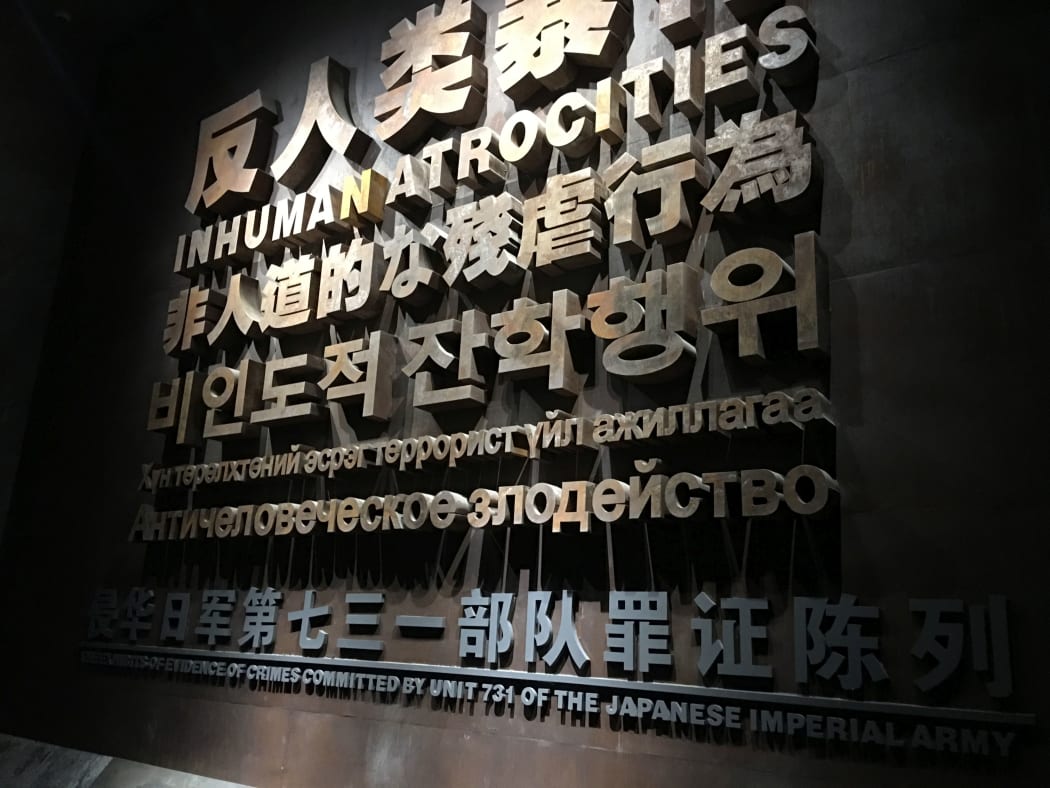
The Museum of Inhuman Atrocities, Harbin, China Photo: Supplied/Jeremy Rees
The unit of scientists and doctors, as well as soldiers and jailers, was led by Ishii Shiro, an ambitious, social-climbing doctor who believed in the mission of a greater Japan. He was ruthless and committed to his medical tests. Ishii had his pilot's licence and would lead bombing runs to drop plague-infected bombs onto Chinese towns.
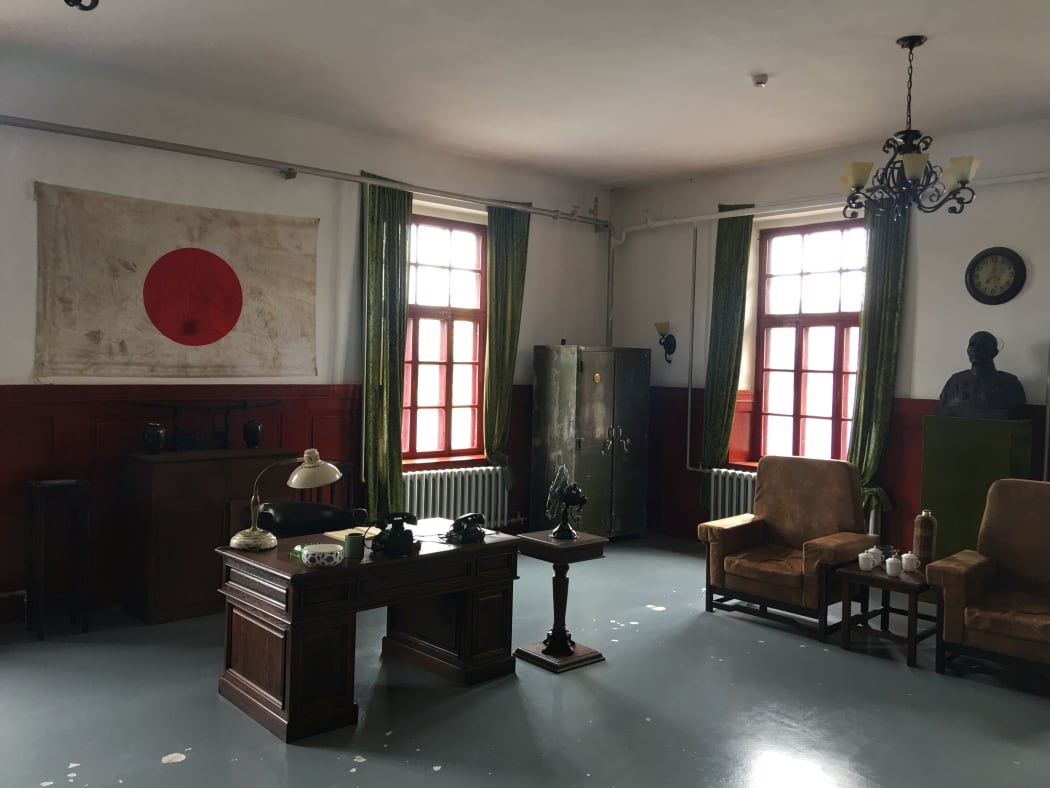
The recreated office of camp commander, Ishii Shiro, in the Japanese Army concentration camp, 731. Photo: Supplied/Jeremy Rees
What is remarkable about unit 731 and its leaders is that few were ever tried for their crimes in the Asian equivalent of the Nuremberg trials. A handful were captured by the Soviets who put them on trial in 1949. Horrified, the Soviets translated their testimony and sent it to governments around the world. (The copy in the NZ National Library remained unopened until when Otago University medical ethics researcher, Professor Jing-Bao Nie, checked it out in 2003). But the rest escaped back to Japan where they were eventually interrogated by the US occupying forces, detained and then let go after agreeing to provide the Americans with data and information.
The whole terrible saga has been retold in a new book, Unit 731: Laboratory of the Devil, Auschwitz of the East by Yan-Jun Yang and Yue-Him Tam. Their aim was to raise the profile of the injustice in the West so that nations will remember "to do unto others as they would have others do unto them."
The problem is that it is not an easy book to read for a Western audience largely unfamiliar with Unit 731. It unfolds almost like a series of essays, rather than a chronological explanation. The best essays, like the final chapter when the authors encounter Auschwitz and start to compare it to the Harbin camp, are moving. But sometimes it is difficult to understand the story of what happened in Unit 731. Readers looking for a good primer could instead start with Hal Gold's Unit 731 Testimony: Japan's Wartime Human Experimentation Programme. It is especially strong on the arguments within the US administration whether to punish or free the Unit's leaders.
Or, alternatively, look for the elegantly written chapters by Otago's Professor Nie summarising the issues in the book he co-edited, Japan's Wartime Medical Atrocities.
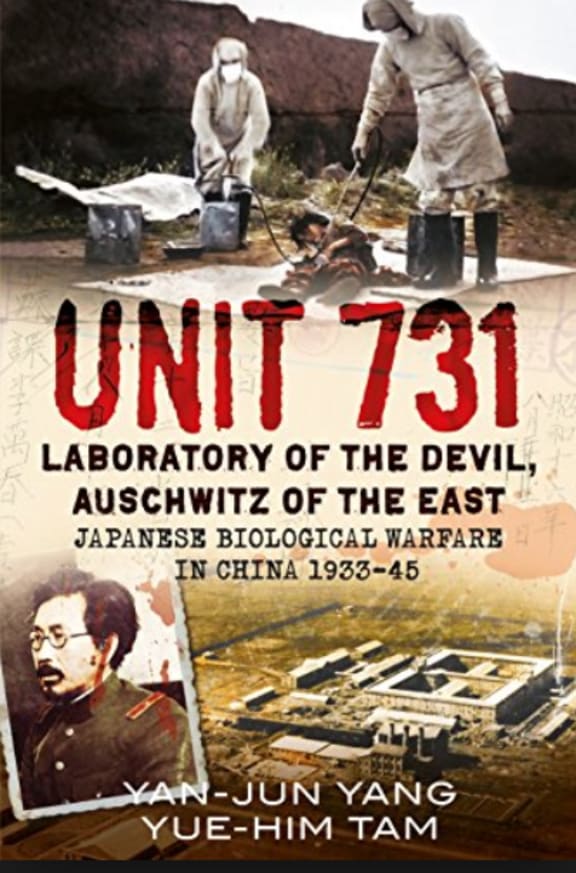
A new book examines Japanese wartime atrocities. Photo: Supplied.
Author Yang Yan-Jun was a researcher at the Museum for Unit 731 and has become the director of the International Center for its research. So this book is filled with his assiduous research, referencing and photographs that have been unearthed. It is as if the authors wanted to forestall any efforts to discredit the evidence by closely referencing details. You can feel the same instinct in the Museum, where pages of the US reports from interrogations into what happened, line the walls. While it may slow down some of the storytelling, it is also builds the sense of irrefutable testimony.
The suffering of ordinary people
The best moments are when Yang and co-author, Yue-Him Tam, a professor of history at Macalester College in Minnesota, reveal the stories of ordinary people who suffered. In 1934, some 30 prisoners staged a breakout of the unit. They carry an interview with a villager who still remembered he and his brother desperately trying to smash the fetters as the Japanese patrols drew closer; some were killed others, escaped to join the resistance.
They publish excerpts from a guard who described running over prisoners escaping from a bombing ground when one got free as they waited for germ-laden bombs to drop. "Because they all had fetters on their legs, they were not able to run far. We used our car to hit them one by one. Human lives are so fragile, Just one hit and they are gone."

The remains of Unit 731 concentration camp operated by the occupying Japanese wartime army in Harbin, China. Photo: Supplied/Jeremy Rees
They have testimony of witnesses of vivisection. Prisoners were infected, then operated on without anaesthetic to check on the progress of the disease. They were gagged and tied down, then dissected. They record the eye witness account of one man who saw a Chinese man lose his gag. He yelled "You are brutes, you are evil" until he died.
But beyond the gore, which is tactfully told, the book is focused on the issues of how could or should Japanese atone for Unit 731. After the war, most of its leadership went on to prestigious jobs within the Japanese medical establishment. Ishii went on to work quietly in various clinics and a Tokyo Hospital until his death in 1959. Others formed companies which prospered in the Japanese post-war reconstruction. Few acknowledged their past or apologised. One who did was Sadao Koshi, who wrote a book including on his experiences as briefly Ishii's driver. He later revealed he got 1000 threatening letters and calls in the small hours of the morning threatening to kill his family. He stopped going out.
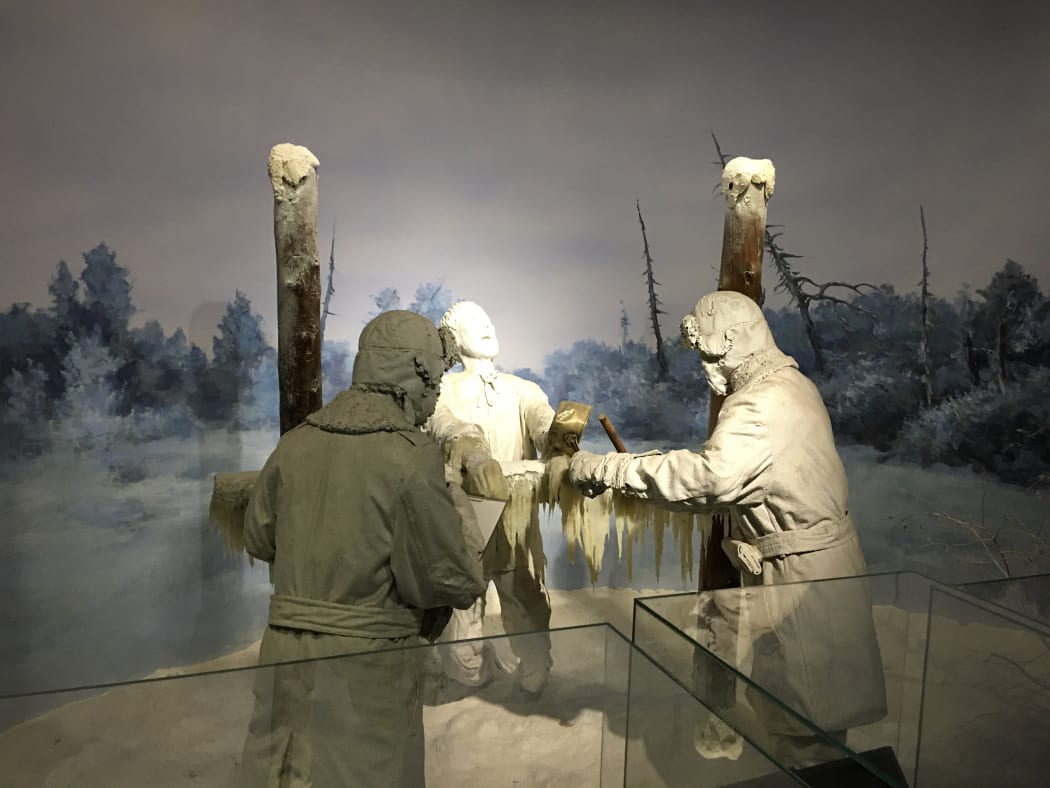
A model showing frost bite experiments on a prisoner in Unit 731 concentration camp. Photo: Supplied/Jeremy Rees
One of the most moving passages is the first hand account of the meeting of Yutaka Mio, a Japanese, and Yibing Wang, Chinese. Mio was part of a unit which would rounded up people suspected of anti-Japanese resistance and sent them to Unit 731, knowing they would die. Wang's father was among those who died. In the intervening years, Wang had sought what happened to his brother, Mio had sought to atone for what happened in China. They met in 1995. The transcript of their meeting is carried in full.
Mio: "Not only did I torture our father, more seriously I sent him to Unit 731. They died there. It was my fault. My guilt was as serious as leader of bacterial warfare Shiro Ishii I apologise to you all, and all family members of the victims. I will regret for my entire life."
Wang tells Mio, he accepts that he has become a different man and has changed.
The crux of the book is its Epilogue, when the authors visit Auschwitz and ponder the differences in what happened. They draw parallels between the experiments of Josef Mengele and Shiro Ishii, yet Mengele was hunted after the war and Israel considered a capture like that of Adolf Eichmann.
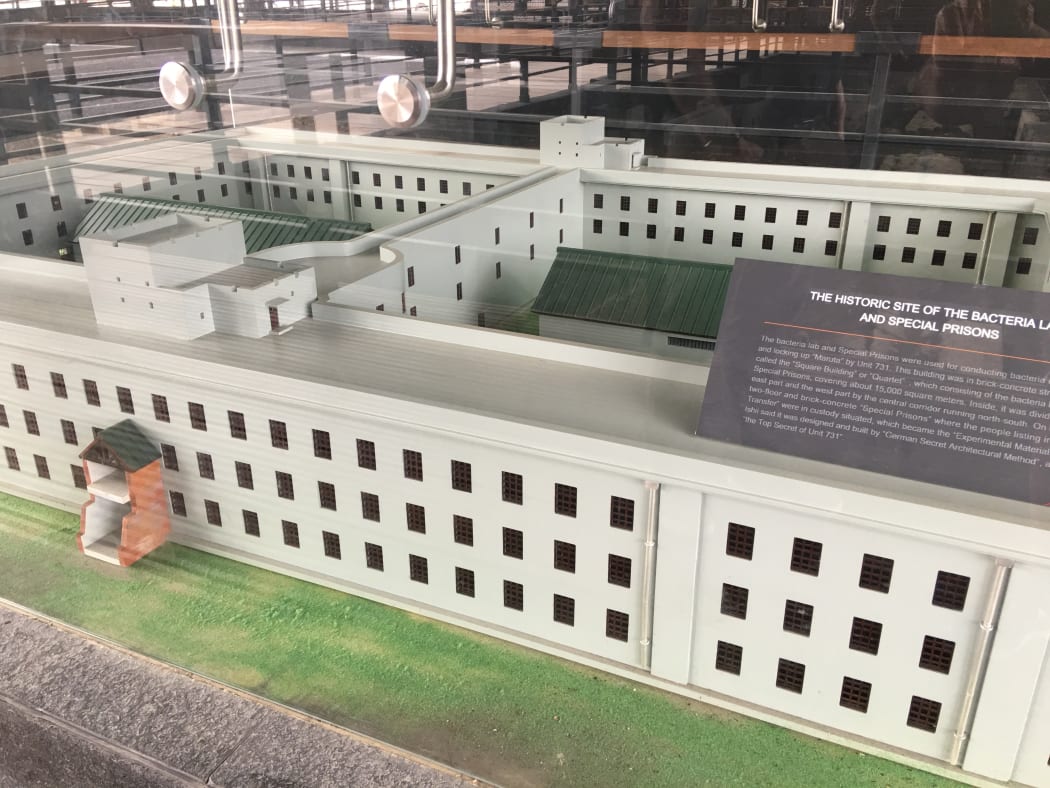
A model showing Unit 731 concentration camp in Harbin, China. Photo: Supplied/Jeremy Rees
Pointedly, they argue that Germany has accepted its responsibility for its actions but say that Japan has not. They point to those on the Japanese far right who seek to downplay what happened.
"Shiro Ishii was not pursued by the Soviet Union, the Chinese government or the Japanese police. His name is unheard by the post-war generation. When the Second World War ended, Shiro enjoyed privileges with a prestigious job and stable life. Mengele would have envied him had he known of Ishii's tranquil post-war life in Japan."
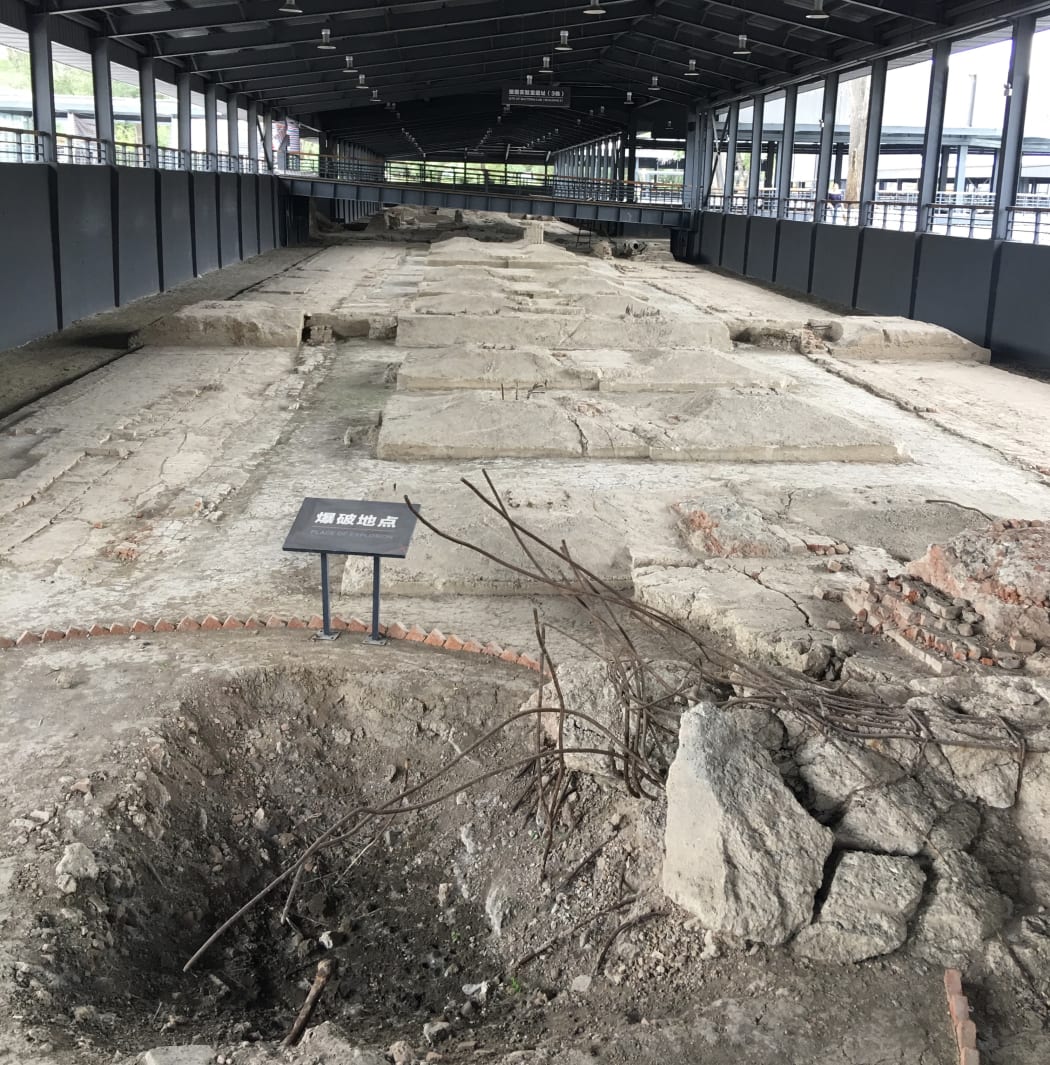
Unit 731 concentration camp was dynamited by retreating Japanese forces in China. Photo: Supplied/Jeremy Rees
Finally, the book ends with the hope that remembering the terrible past of Unit 731 will ensure it never happens again in the future. The problem is that it remains a running sore in the present.
"The silent members of unit 731 are the opposite of the honourable Germans who are brave enough to admit their errors."

